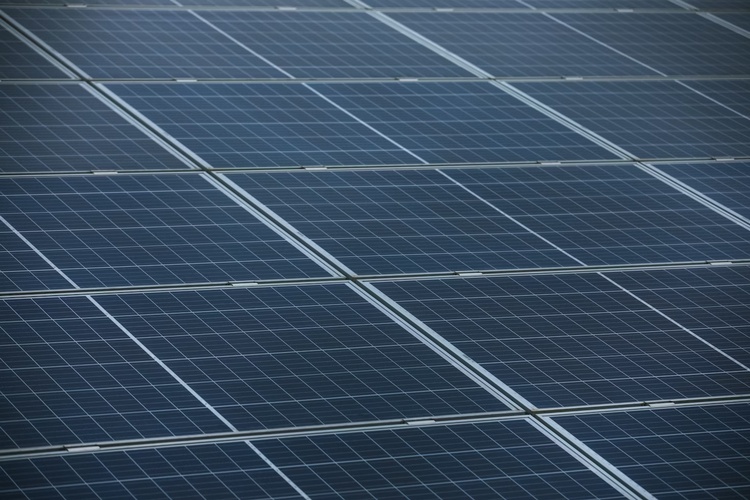May 7 NEC Energy News
¶ “Renewable Energy Set To Overtake Coal As Largest Source Of Power Globally” • The IEA found that a massive move towards clean energy, largely driven by Russia invading Ukraine, will see the world add as much renewable capacity in the next five years as it did in the last two decades. As a result, coal is falling behind renewables. [Yahoo Lifestyle Canada]

¶ “Fusion Record Set For Tungsten Tokamak WEST” • Scientists at the US DOE’s Princeton Plasma Physics Laboratory measured a new record for a fusion device internally clad in tungsten. The device sustained a hot fusion plasma of roughly 50 million degrees Celsius for a record six minutes with 1.15 gigajoules of power injected. [Phys.org]
¶ “Microsoft Signs Record Corporate PPA For Green Energy” • Microsoft signed a $10 billion agreement for over 10.5 GW of renewable energy capacity, to be developed by Brookfield Asset Management and Brookfield Renewable Partners. The deal is almost eight times as big as the largest single corporate PPA ever signed, Brookfield said. [Balkan Green Energy News]
¶ “Alaska Tidal Energy: New Study Shows Alaska’s Cook Inlet Could Power 70,000 Homes” • An NREL study funded by the US DOE’s Water Power Technologies Office examines how much value the new but fast-growing tidal energy industry could bring to Alaska’s Railbelt grid. Cook Inlet contains some of the largest tidal energy resources on Earth. [CleanTechnica]

¶ “Texas Goes Big On Solar + Storage That Can Power Over 41,000 Homes” • A 208-MW solar farm with 80 MWh of storage has come online west of San Antonio, Texas. Developers Cypress Creek Renewables brought the Zier Solar + Storage facility online in Brackettville, Texas, on May 2, 2024. Zier can provide annual electricity needs of 41,600 homes. [Electrek]
¶ “How Do Scientists Know How Much Climate Change Affects A Hurricane, A Heat Wave, A Drought, And More?” • Scientists can tell with increased certainty how much climate change influences the severity and intensity of weather events, by comparing data from weather in the real world to a modeled world that has not had climate change. [Yale Climate Connections]
For more news, please visit geoharvey – Daily News about Energy and Climate Change.
